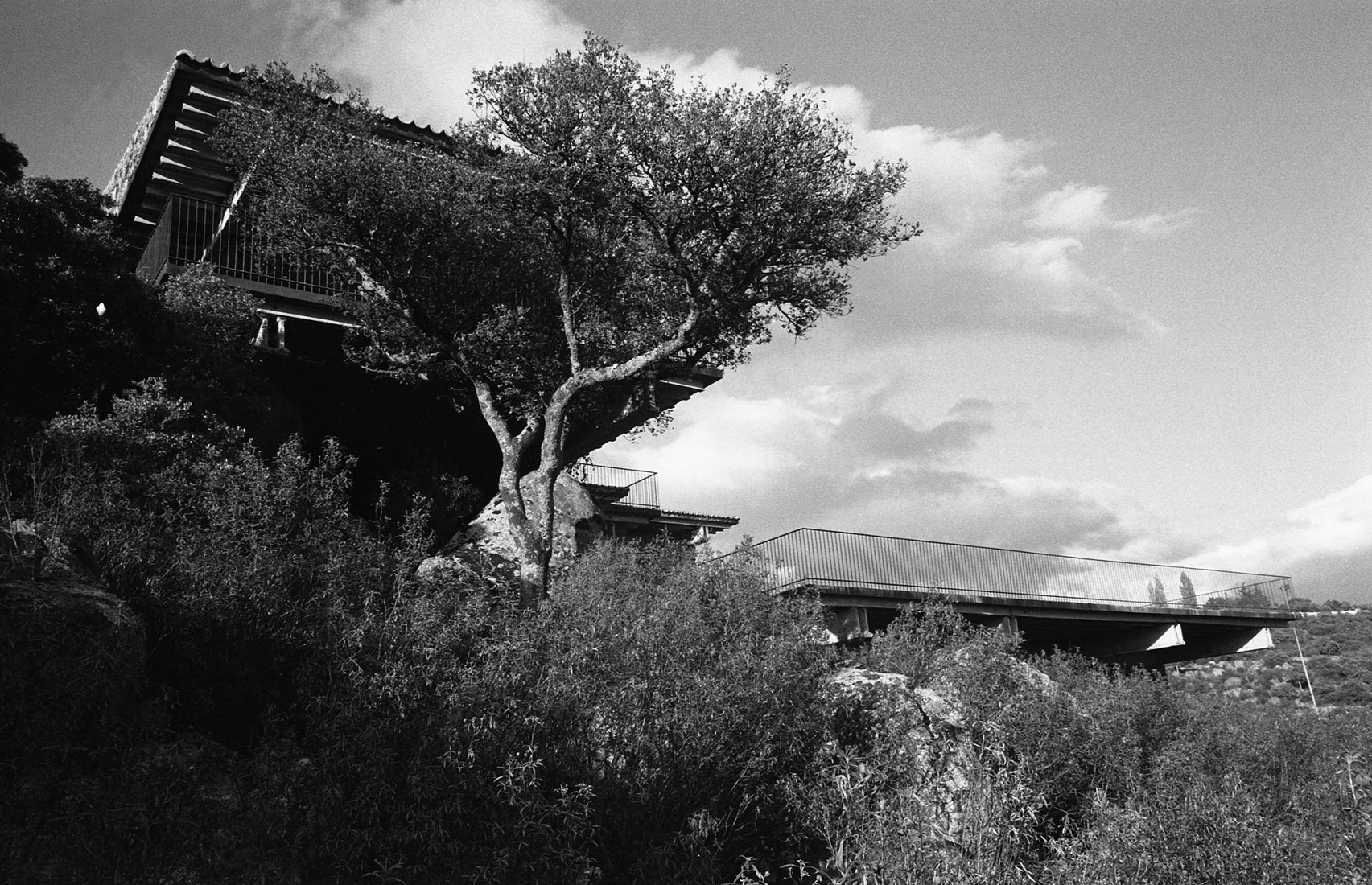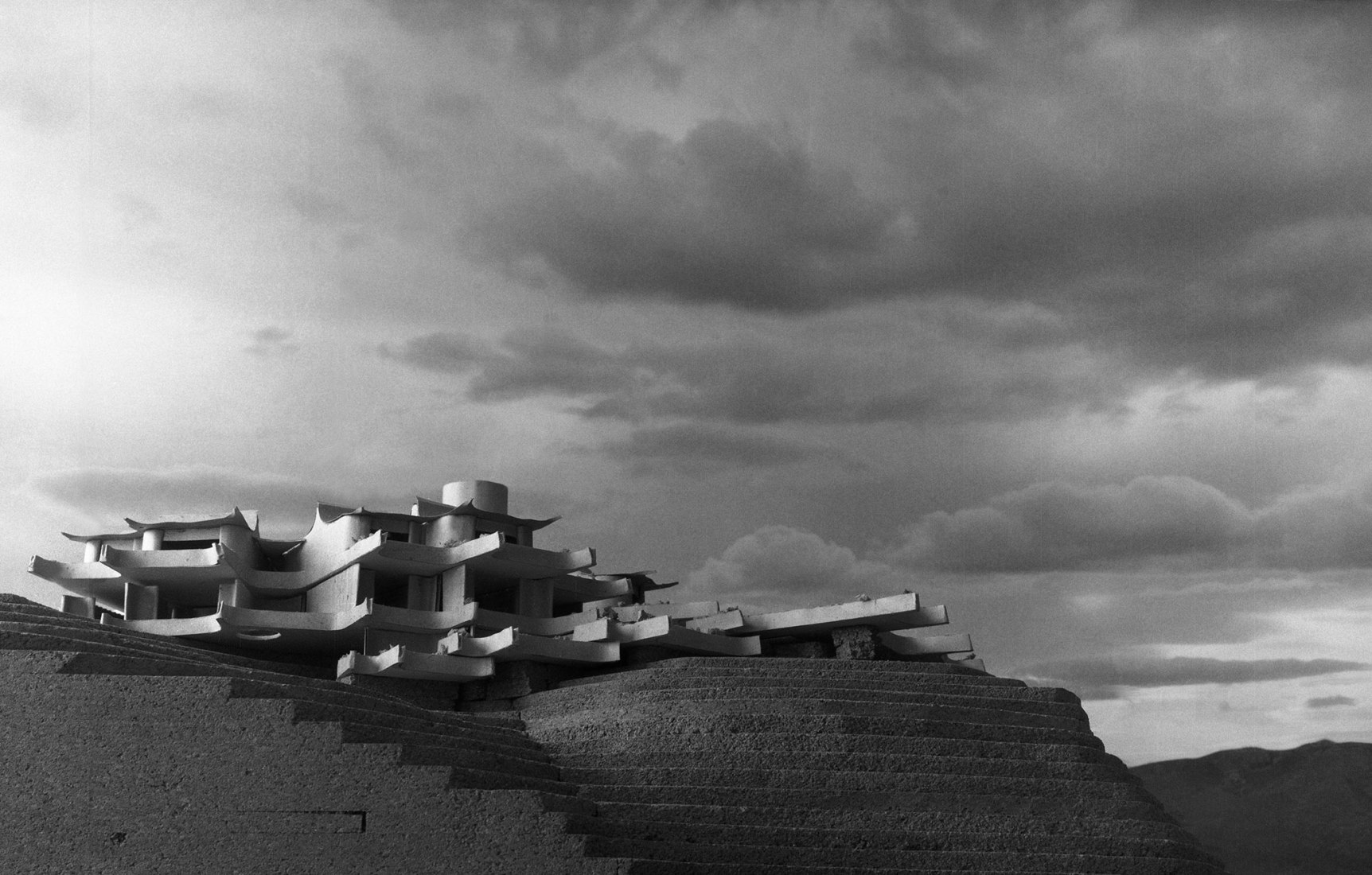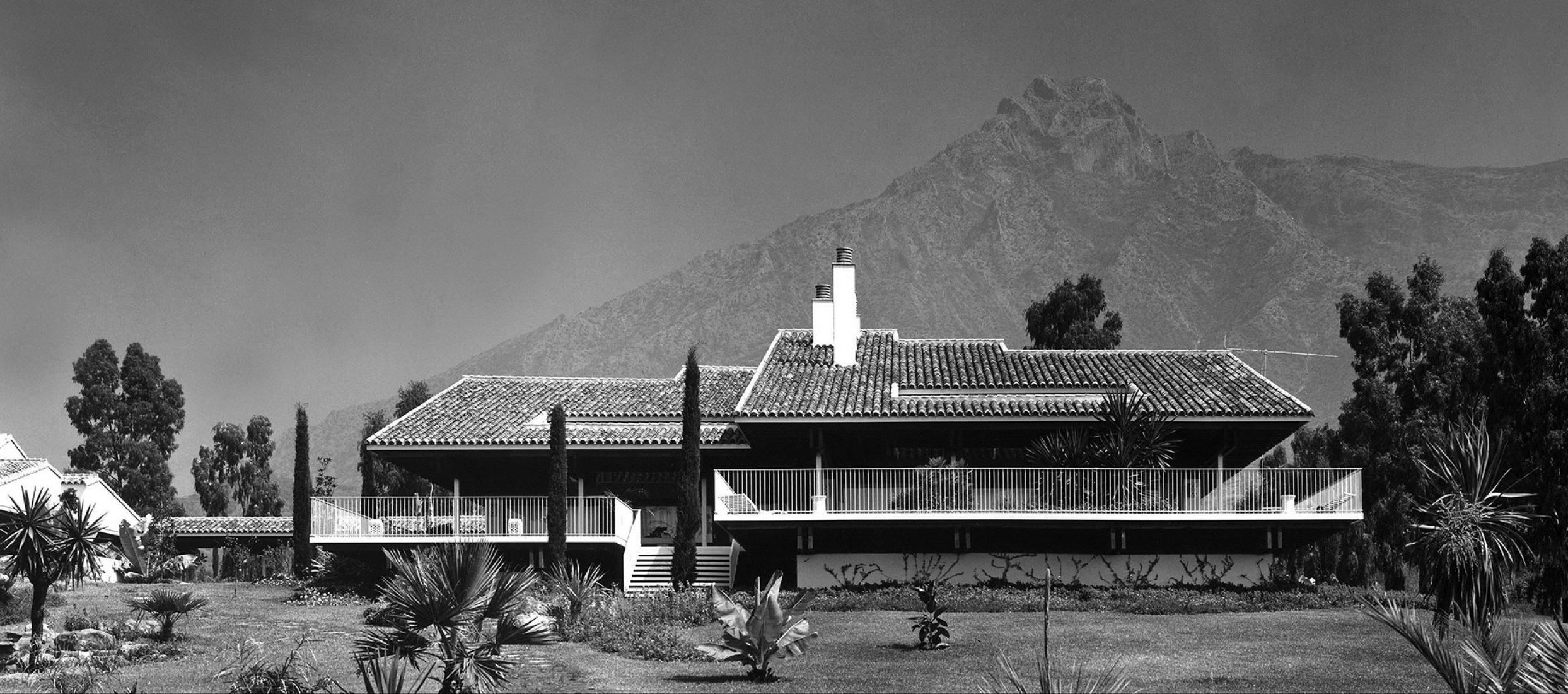"(I) helped to develop the projects with unequal fortune, believing to have found the perfect solution to the perfect hotel - it was a hotel in Isla Margarita - until, finally one day, Fernando deigned to leave his office in a good mood and willingly, he sat down next to me and gave me the greatest lesson in architecture that I remember, first completely undoing my work before my astonished eyes and then recomposing it - all in no more than 20-25 minutes - until he projected an amazingly perfect hotel and extremely complex spatially, drawing by hand elemental but very beautiful sketches, and only after several weeks of reconstructing them I could gather, overwhelmed, their incredible precision. A true magician, whose infinite ease might be, in the end, his worst enemy - these are not my words, they belong to Alejandro de la Sota, another of the greats of that time, and all time, in the antipodes of Fernando in everything, both built with the wood only those who have infinite greatness are made- ".
The well-known architect, iconoclastic figure, and at the same time visionary, painter, musician and photographer Fernando Higueras, has left us in Spanish architecture an emotional way of considering architecture from its most essential quality.
Fernando Higueras belongs to a generation of Madrid architects who were aware of participating in a renewed process of Spanish architecture, did not recognize limits to their architectural activity and lacked the historical memory of the generation that had drawn up the proposals of the Regime in the 40s. This is a generational change marked by the Franco regime's new needs for opening and by the attempts of the cultural sector to reform positions in the context of a political process without expectations of change. Therefore, if we talk about style, his could be classified as realism, according to the authors of the exhibition. The demands of the reconstruction, the proposals for the colonization of new territories and the social reorganization, led Madrid to propose and carry out large-scale actions.
In that moment and context, the architecture of Higueras emerges, relating nature and architecture. "I have learned a lot from anonymous popular architecture, since it is an endless source of lessons. I have always appreciated in this naturalness, adequacy, order and functionality, logic, economics, as well as discipline and diversity combined and harmonized at a level that I can hardly find in contemporary architecture", affirmed Higueras.
In 1960 Fernando Higueras made the first work with the concept of housing, after participating in the contest for the National Architecture Prize, organized under the theme Ten residences of artists on the Mount of El Pardo. This work was published in multiple national and international journals. The houses for artists soon became one of the fundamental constants of his work. His idea of architecture for dwelling will respond to reasons of economy of material resources, execution costs and deadlines, but will always be impregnated with aspects related to well-being, with the most elementary pleasurable sensations, and also with the world of dreams of his clients: from the house of César Manrique, through those of Lucio Muñoz, the guitarist Andrés Segovia, La Macarrona, Nuria Espert or his own underground house, a maternal terrestrial cloister zenithally illuminated which he would call the "rascainfiernos".
In 1961 he won the National Architecture Prize with his project for the Artistic Restoration Center, 'La Corona de espinas', in the University City of Madrid, in collaboration with Rafael Moneo and Luis Roig d'Alós. A definitive work in his trajectory will be the construction of the Estudio School in Aravaca (1962), from where all the invariants of later architectures start. In this school he begins to develop his furniture design and interior design proposals, which he will continue to expand throughout his work.
The intervention most adjusted to the social reality of Higueras at this stage is the housing for the Unidad Vecinal de Absorción in Hortaleza (1963), a characteristic exponent of public action in terms of first necessity housing. The project of the Housing for the Patronato de Casas Militares (1967-1975) in the Glorieta de Ruiz Jiménez in Madrid is a particular case of the approach to architecture for dwelling. The original block was transformed into a peculiar mode of urban proposal in which all the requirements were met: public facades for open roads, traffic connection and parking uses, interior traffic road and a landscaped area.
In 1963 he was commissioned with the territorial planning and urbanizing Plan for Playa Blanca, in the south of Lanzarote. He travels to the island with César Manrique and finds a wealth of natural elements for the development of his work that fills him with enthusiasm: La Geria, with its picon and the green of the vine, black beaches, lunar landscape full of volcanoes, color of the waters, etc. His proposal of absolute respect for the environment translates into no intervention in the landscape. Later he would make his plans for the City of the Seagulls in the Risco de Famara and Montaña Bermeja and the masterpiece of the Hotel Las Salinas in Lanzarote, tourist reference of architecture at the edge of the sea. His work on the island and on the Costa del Sol would have a great media impact and would influence the architectural plastic of the moment inside and outside our country. In addition, in 1969 he was invited by the Principality of Monaco to the restricted international competition for a multi-purpose building in Monte Carlo.
In 2001 the great study of Avenida de América 14, is undone and he moves it to his house, the now popular "rascainfiernos". These are years of creativity with projects as bold as his proposal for Ground Zero in New York or the horizontal skyscraper for Shanghai. In 2007, Fernando Higueras establishes the foundation that bears his name and since then keeps his legacy alive.





























































